Sweetbay Magnolia
$44.50 Original price was: $44.50.$31.15Current price is: $31.15.
- Free Shipping over $25
- Fast & reliable delivery options
- Enjoy top quality items for less
- Multiple safe payment methods

When it comes to choosing trees and plants to fill the landscape around your property, there are always a great many things to consider, and oftentimes plenty of different sites that require different types of planting. There is always plenty of time spent filling beds and borders with color and texture, shrubs for fruits and flowers and specimen plants to grace patios and seating areas in pots and planters but it is easy to overlook the benefits of introducing trees in your garden.
From the small to the very large, trees offer an excellent opportunity to extend your green spaces from the ground at your feet to the air above you, providing shade, privacy and safe havens for birds and wildlife. The Sweetbay Magnolia is a lovely opportunity to add height and texture without the worry of losing your garden to imposing trees; with its scented blooms, interesting foliage and scarlet fruits, there is a lot to like about this trouble-free tree.
The Sweetbay is a truly lovely tree that offers much to any gardener who chooses it, with the silvery underside of its leaves contrasting the dark green upper, beautiful flowers appearing in numbers that compliment rather than smother and bright, interesting fruits to close the growing year. A delightful addition to any space, it will be enjoyed by many.
Growing Sweetbay Magnolia Trees
The Sweetbay is most abundant in the states of Alabama, Georgia, Florida and South Carolina but is found all along the Atlantic and Gulf coastal plains, usually in sites that are moist throughout the year and have acidic soils with poor drainage; its favored spots are often subjected to flooding in the wet or winter seasons. Dependent on where you are, it is a deciduous (north, northeast) or evergreen (south to southeast) tree, with the south being home to taller single trunk examples whose height are greater than their width and the north having smaller multi-stem shrub-like trees.
Appearance and Colors
The foliage is quite lovely with leaves around 4 inches long and 2 inches wide; the upper side color of the leaf is a good rich green with a slight sheen, whereas the underside is a beautiful contrasting downy matte silver which serves to catch the eye as the wind plays in the branches to lovely effect. Come spring, the special flowers for which it is known develop on the tips of the branches and unlike some Magnolias (that bear huge volumes of flowers that some find overbearing) the Sweetbay is more sparsely covered, so the flowers accent the tree rather than smother it.
The white blooms appear almost fleshy, with scooped petals drawing back from the center so that the upright fruit body may develop in the middle. Come July the bright red fruits appear from behind their papery covering, each resembling a scarlet sweetcorn kernel, although the comparison ends there as they are inedible to humans but are a favorite of squirrels, mice and various songbirds.
Fruits and Flowers
Although the fruits and seeds are not edible, it might be surprising to learn that the flowers themselves are edible – although before you go chucking handfuls into your salad be warned that the flavor is as potent as the aroma is strong. The petals can, in fact, be sweet or savory pickled and makes a delicate and unusual gift, being considered something of a delicacy.
Planting Location
When choosing a position for your Sweetbay there are a few things that ought to be taken into consideration – although, once in and settled, these are very low maintenance trees. If you are located in zone 5 where the winters are that bit cooler, it is worth choosing a site that will offer the tree some protection in the chillier months. It adapts to many different soil types including clay, loam and sand, and prefers well drained acidic soil that is subjected to periodic seasonal flooding, but will make a happy home in boggy soils also. If the soil is too alkaline then it can suffer from chlorosis. Full sun and partial shade are both suitable for the Sweetbay although you will find it flowers best in full sun.
Pruning and Maintenance
If you choose to prune then it is best done after flowering as this gives the plant a chance to heal before dormancy sets in over winter, although there is no specific need to prune at all apart from to train and control the shape should you desire. Other than this, the Sweetbay is a very easy plant to care for that is resistant to diseases that other Magnolias suffer, and has no serious pests that will affect its lifespan.
Be the first to review “Sweetbay Magnolia” Cancel reply
Related products
Crape Myrtle Trees
Flowering Trees
Crape Myrtle Trees
Crape Myrtle Trees
Dogwood Trees
Crape Myrtle Trees
Crape Myrtle Trees
Dogwood Trees


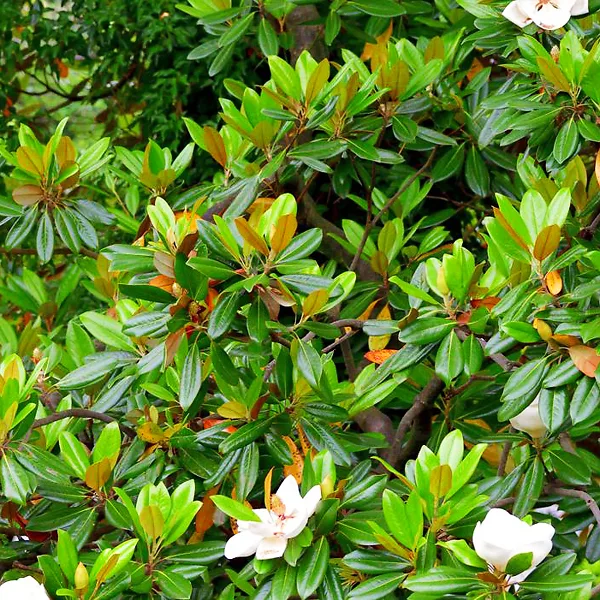
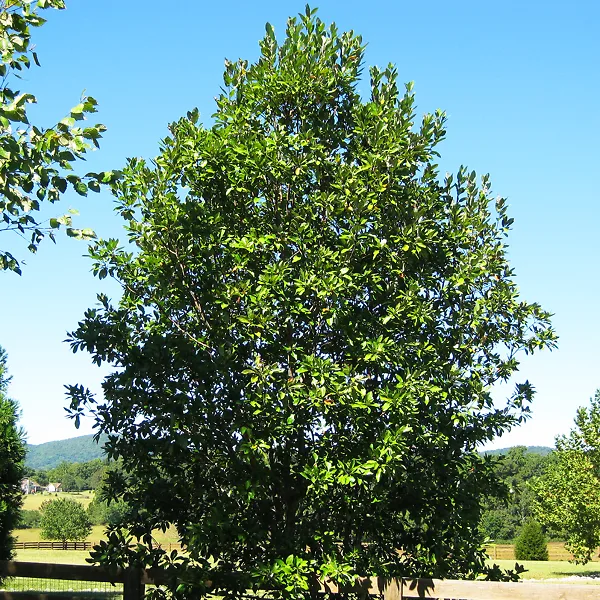
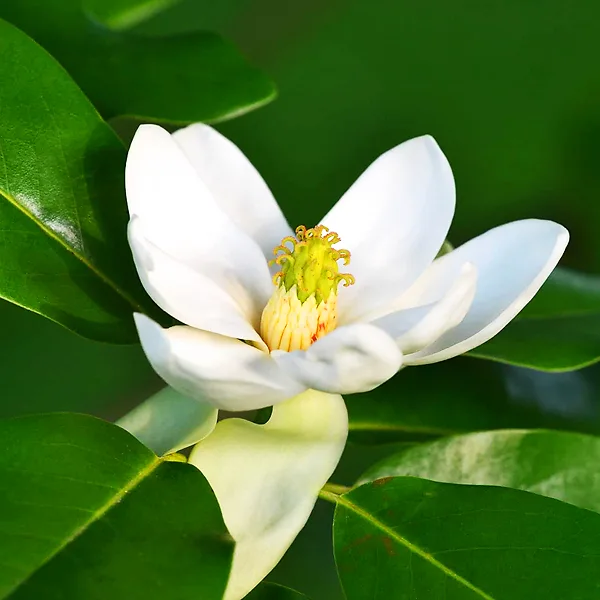
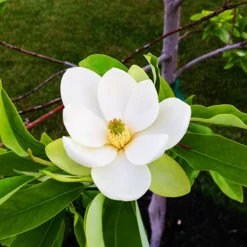

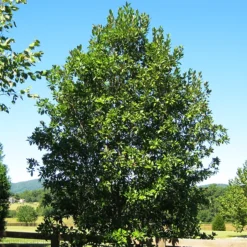


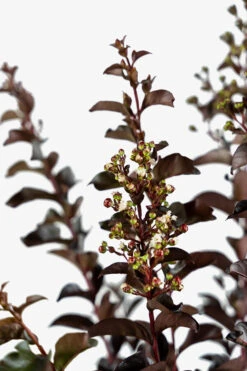
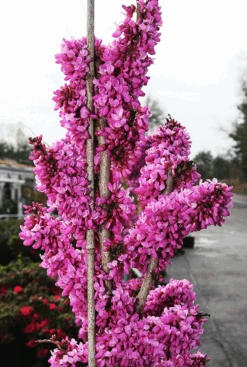

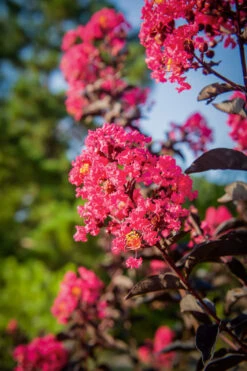

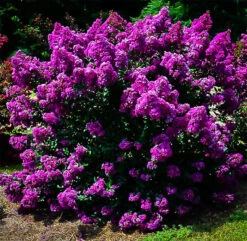


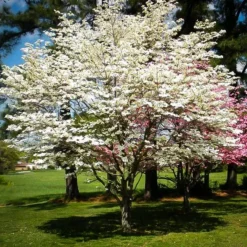
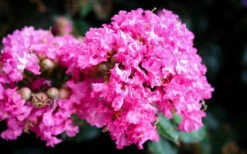
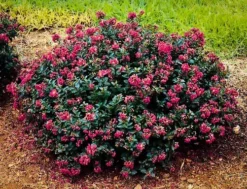

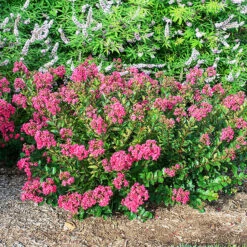

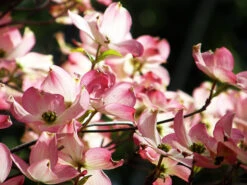
Reviews
There are no reviews yet.